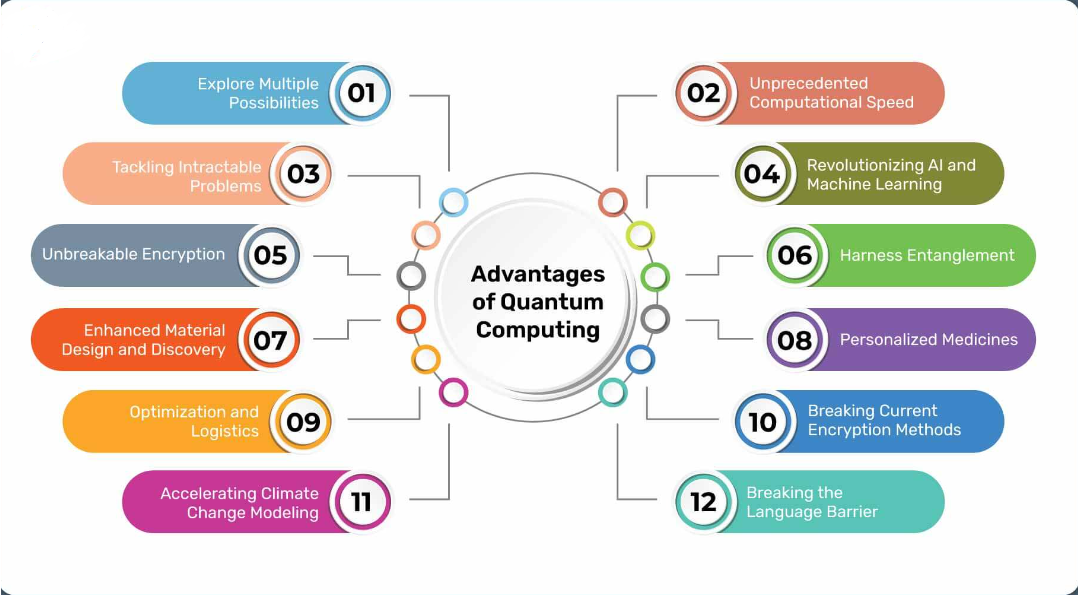As we step further into 2024, technology is reshaping how we live, work, and interact with the world around us. From artificial intelligence that feels almost human to cutting-edge breakthroughs in healthcare and sustainability, tech innovations this year promise to revolutionize daily life. Let’s explore the top tech trends and innovations that are set to define the future.
1. Artificial Intelligence and Machine Learning: Beyond the Basics
AI and machine learning have already made significant impacts, but 2024 brings advancements that could take these technologies to the next level. Generative AI, as seen in tools like ChatGPT, is gaining popularity for its ability to create human-like text, images, and even music. In business, generative AI is enhancing creativity, streamlining tasks, and providing personalized customer experiences.
AI-powered automation is expected to spread further across industries, reducing mundane work and allowing human employees to focus on higher-level problem-solving. Edge AI, which processes data locally rather than relying on cloud storage, will become more common in devices like smartphones, wearables, and IoT gadgets. This approach can increase speed and security, making AI more accessible for a variety of applications.
Key Benefits:
Enhanced productivity by automating routine tasks.
Personalized experiences across sectors, including retail, healthcare, and education.
Real-time data processing with Edge AI, ideal for smart cities and autonomous vehicles.
2. Quantum Computing: Reaching Practical Applications
Quantum computing, long regarded as a theoretical concept, is becoming more tangible in 2024. Companies like Google and IBM are working on scaling quantum computers for real-world use, opening doors to faster and more efficient problem-solving in fields like cryptography, materials science, and pharmaceuticals. By harnessing quantum bits (qubits), quantum computers can process massive data sets at speeds far beyond what’s possible with classical computers.
This year, expect breakthroughs that might bring quantum computing into sectors like finance and healthcare. It has the potential to revolutionize drug discovery, optimize supply chains, and offer new solutions to cybersecurity challenges.
Key Benefits:
Improved security with advanced cryptography methods.
Accelerated scientific research by solving complex problems quickly.
Optimization of logistics and operational efficiencies.
3. 5G and the Rise of 6G Preparations
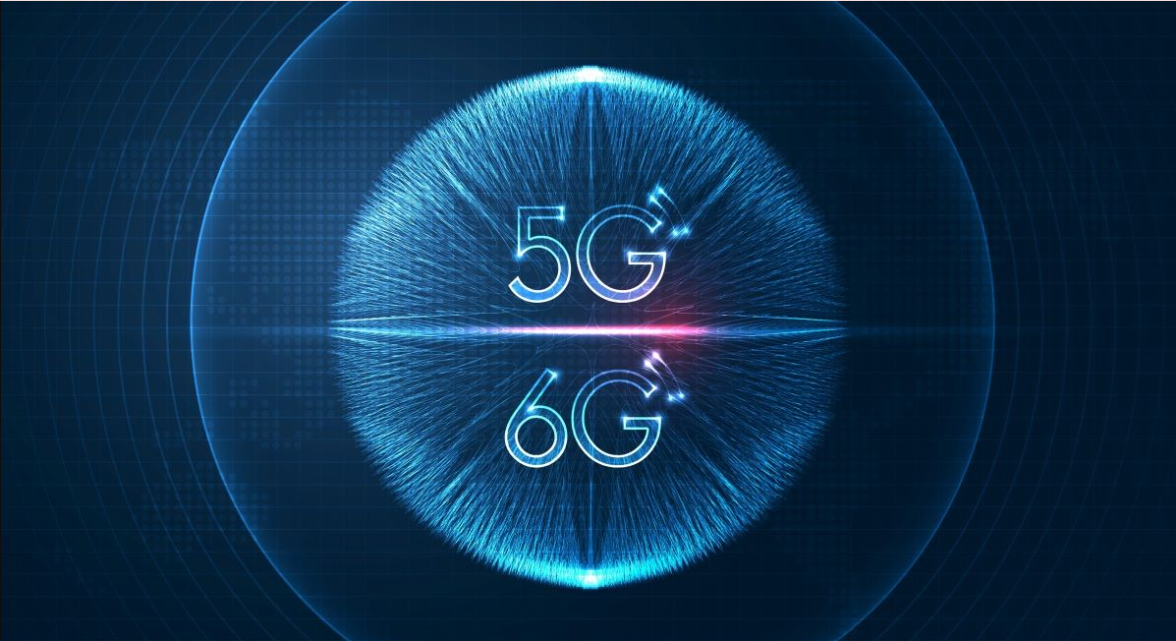
The adoption of 5G has revolutionized connectivity, enabling faster internet speeds, lower latency, and improved connectivity for IoT devices. However, tech giants and research institutions are already laying the groundwork for 6G, which could provide speeds 100 times faster than 5G, along with advanced AI integration and better spectrum utilization.
In 2024, 5G will continue to roll out in many regions, particularly benefiting remote work, telemedicine, and mobile gaming. As 6G development gains momentum, we may see the first glimpses of what this future technology could mean for global communication.
Key Benefits:
Enhanced internet speeds for smoother streaming and faster downloads.
Support for smart cities and interconnected IoT ecosystems.
Lower latency that can benefit telemedicine and AR/VR applications.
4. Sustainable Technology and Green Energy Solutions
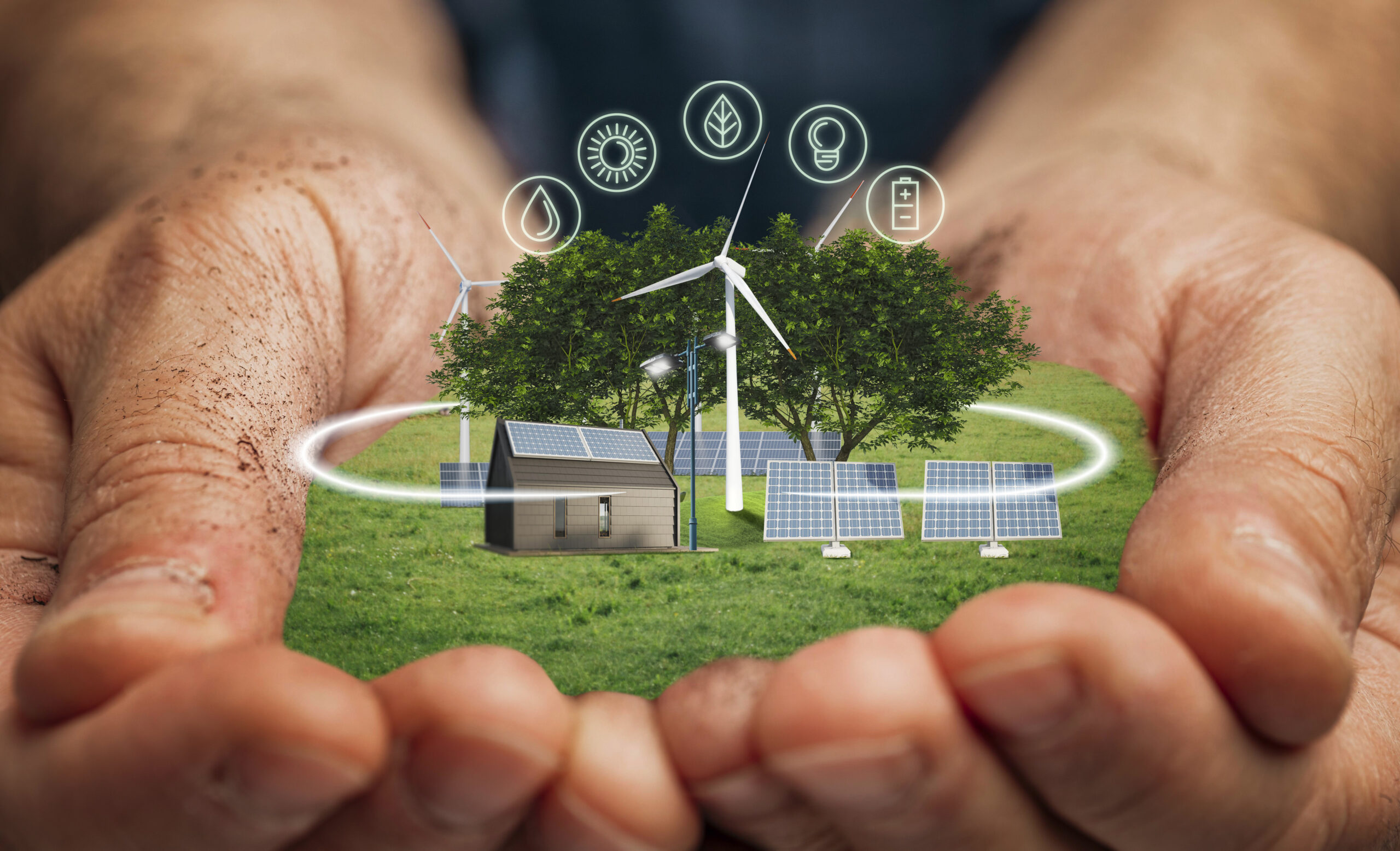
With climate change concerns rising, sustainable technology is a priority in 2024. Innovations in renewable energy, electric vehicles, and green materials are becoming mainstream. Solar panels and wind turbines have evolved, becoming more efficient and accessible. Energy storage, like high-capacity batteries, is also seeing breakthroughs, making it easier to store renewable energy for longer periods.
Tech companies are also investing in carbon capture technology, with systems designed to capture and store carbon emissions directly from the atmosphere. Moreover, eco-friendly blockchain solutions are being explored to counteract the high energy consumption of traditional blockchain networks.
Key Benefits:
Reduction in carbon emissions with green energy solutions.
More efficient energy use through advancements in storage and renewable energy.
Sustainable supply chains enabled by eco-friendly blockchain solutions.
5. Extended Reality (XR): Immersive Experiences Redefined

Extended reality (XR), including virtual reality (VR), augmented reality (AR), and mixed reality (MR), is changing how we experience digital content. In 2024, XR is finding new applications in training, education, and entertainment. The metaverse concept continues to grow, with companies developing virtual spaces for work, play, and social interactions.
Improved hardware, such as lightweight and high-resolution XR headsets, is making these experiences more comfortable and accessible. Additionally, XR is set to impact e-commerce, allowing customers to try products virtually before purchasing them.
Key Benefits:
Enhanced learning with immersive training environments.
Improved customer engagement for brands through virtual try-ons.
New entertainment experiences with immersive, interactive content.
6. Biotechnology and Personalized Healthcare

Biotechnology is advancing at an unprecedented rate in 2024. From personalized medicine tailored to an individual’s genetic profile to AI-assisted diagnostics, biotechnology is making healthcare more precise and effective. Gene editing technologies like CRISPR are enabling treatments for genetic disorders, while AI-driven health monitoring devices help in early diagnosis and preventive care.
Wearable health tech, such as smartwatches and biosensors, will become more common, enabling continuous health tracking. These devices are even equipped to detect early signs of diseases, alerting users and healthcare providers before conditions escalate.
Key Benefits:
Personalized treatment plans for higher efficacy in healthcare.
Early disease detection through wearable technology.
Advancements in genetic therapies for treating chronic conditions.
7. Blockchain and Web3: Decentralizing the Internet
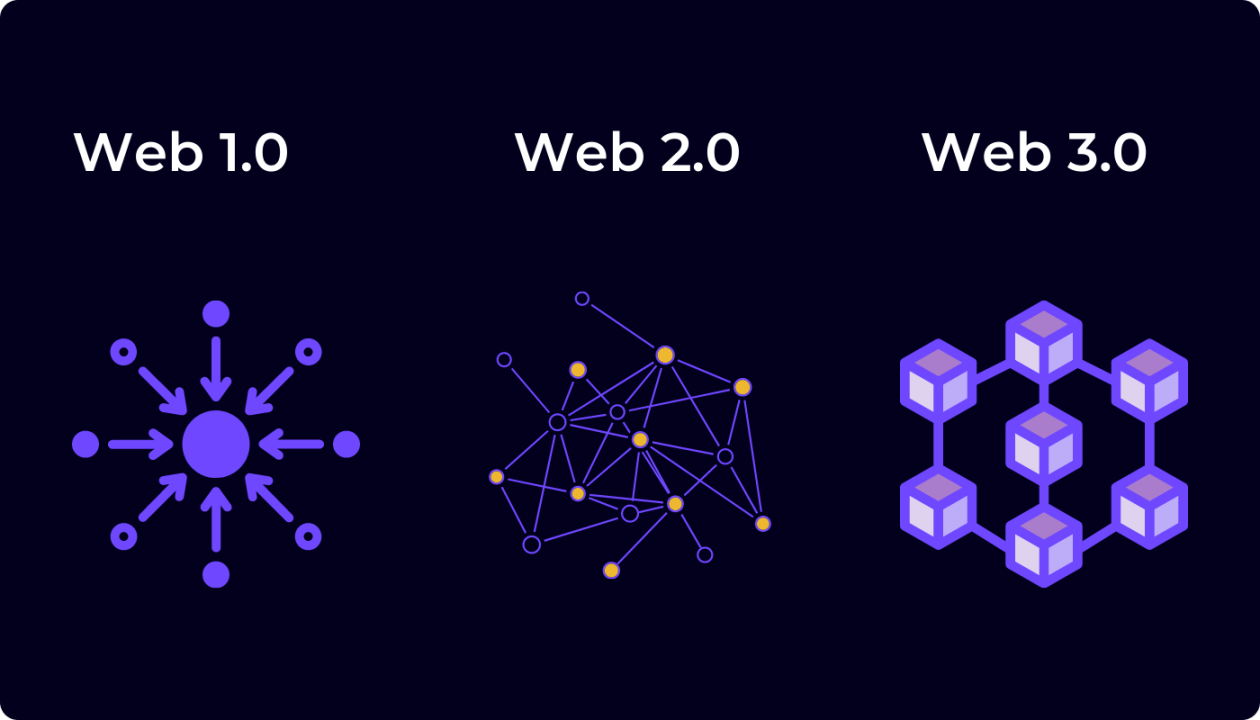
Blockchain technology is evolving, moving beyond cryptocurrencies to broader applications that impact finance, supply chain management, and digital identity. In 2024, blockchain is becoming central to Web3—the next generation of the internet. Web3 aims to decentralize the internet by empowering users with control over their own data and digital identities.
NFTs (non-fungible tokens) are also being utilized beyond digital art, with applications in gaming, virtual real estate, and even digital rights management. Decentralized finance (DeFi) is growing, offering financial services without traditional banking systems.
Key Benefits:
Increased data privacy through decentralized internet structures.
New revenue streams in digital art, gaming, and real estate.
Financial accessibility with decentralized finance platforms.
8. Cybersecurity Innovations for a Safer Digital World

With the rise of digital threats, cybersecurity is more crucial than ever. In 2024, cybersecurity innovations are focusing on AI-driven threat detection, quantum-resistant encryption, and zero-trust architecture. As companies store sensitive information online, they’re adopting multi-layered security systems to protect against cyberattacks.
AI and machine learning algorithms are being trained to recognize suspicious patterns, detecting and neutralizing threats before they cause harm. The zero-trust model, which assumes no user or system is inherently trusted, is also gaining popularity to enhance security protocols.
Key Benefits:
Proactive threat detection using AI and machine learning.
Increased data protection with advanced encryption techniques.
More secure infrastructures through zero-trust policies.
9. Autonomous Vehicles and Mobility-as-a-Service (MaaS)
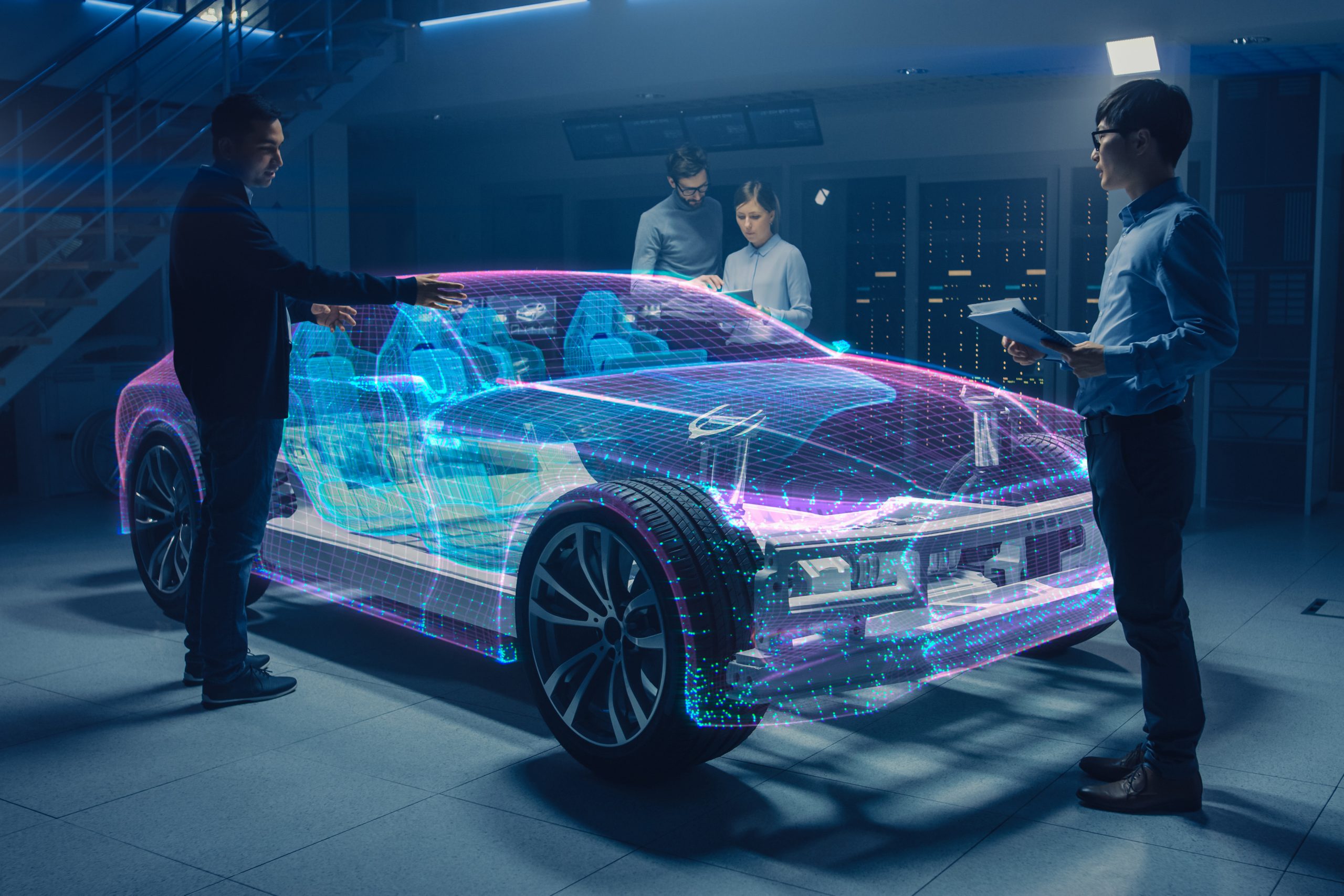
Autonomous vehicles (AVs) are on the rise, with self-driving cars, drones, and even robotic delivery systems becoming part of everyday life in many cities. Companies are continuing to invest in vehicle autonomy, aiming to enhance safety and reduce congestion. In 2024, we’re also seeing advancements in Mobility-as-a-Service (MaaS), which integrates various transport services into a single platform for seamless travel.
AVs are finding applications in logistics, especially for last-mile delivery. Smart infrastructure is also being built to support these autonomous systems, with connected traffic lights and dedicated AV lanes.
Key Benefits:
Reduced traffic congestion with autonomous transport systems.
Enhanced safety features in self-driving vehicles.
Convenient travel experiences through MaaS platforms.
10. 3D Printing: Reshaping Manufacturing and Construction

3D printing technology has evolved from prototyping to producing end-use products across various industries. In 2024, 3D printing is finding applications in construction, aerospace, healthcare, and consumer goods. Using sustainable materials, 3D printing reduces waste and allows for customized, efficient production.
The construction industry is experimenting with 3D-printed homes, while healthcare professionals use it to create prosthetics, implants, and even human tissues. This year, expect to see 3D printing reshape supply chains by enabling local production, reducing the need for transportation.
Key Benefits:
Cost-effective production with minimal material waste.
Customization options for personalized products.
Sustainable manufacturing through localized production.
Final Thoughts
In 2024, technology is not only transforming industries but also contributing to a more sustainable, efficient, and interconnected world. These innovations represent significant strides toward improving our lives, addressing global challenges, and enabling a future where technology enhances human potential. As these trends continue to develop, they will redefine our relationship with technology and open doors to possibilities we haven’t yet imagined.
FAQs
What are the main technology trends of 2024?
The main technology trends of 2024 include advancements in artificial intelligence (AI) and machine learning, quantum computing, 5G and 6G connectivity, sustainable technology, extended reality (XR), biotechnology, blockchain, cybersecurity, autonomous vehicles, and 3D printing.
How is AI impacting industries in 2024?
AI is automating repetitive tasks, providing personalized customer experiences, and enabling real-time data processing with edge AI. This is particularly transformative in sectors like healthcare, retail, education, and customer service, where AI-driven insights can improve productivity and decision-making.
What is quantum computing, and why is it important?
Quantum computing uses quantum bits (qubits) to process data at much higher speeds than traditional computers. It’s important because it can tackle complex problems in areas like cryptography, drug discovery, and logistics, which are currently beyond the reach of classical computers.
When will 6G become widely available?
While 6G development is underway, it’s still in the experimental phase and not expected to be widely available until the 2030s. However, early research and groundwork are being laid in 2024, with a focus on speeds and connectivity that could be up to 100 times faster than 5G.
What role does blockchain play beyond cryptocurrencies?
In addition to powering cryptocurrencies, blockchain technology is central to Web3, the decentralized internet. It offers applications in digital identity, supply chain management, and decentralized finance (DeFi), providing greater data privacy and eliminating intermediaries.
What are the benefits of extended reality (XR) technology?
XR, which includes VR, AR, and MR, offers immersive experiences that are beneficial in fields like education, training, e-commerce, and entertainment. It allows for virtual product try-ons, realistic training simulations, and engaging entertainment options that blend the digital and physical worlds.
How is biotechnology advancing healthcare?
Biotechnology is enhancing healthcare with personalized medicine, genetic therapies, and AI-assisted diagnostics. Wearable health tech allows for continuous monitoring, early disease detection, and tailored treatments, improving patient outcomes and preventive care.
Is sustainable technology really effective in reducing emissions?
Yes, sustainable technology, such as renewable energy sources, electric vehicles, and carbon capture, can significantly reduce carbon emissions. Additionally, eco-friendly practices in manufacturing, like green blockchain solutions and energy-efficient 3D printing, contribute to a smaller environmental footprint.
Are autonomous vehicles safe to use?
Autonomous vehicles are designed with multiple safety features and undergo extensive testing. In 2024, they are primarily used in controlled environments, such as last-mile delivery and specific transport routes, with advancements focused on further improving safety.
What industries benefit the most from 3D printing technology?
3D printing is transforming industries like construction, healthcare, aerospace, and consumer goods. It enables cost-effective, customizable production, minimizes material waste, and allows for local manufacturing, which can reduce supply chain dependencies.
How is cybersecurity evolving to combat digital threats?
Cybersecurity in 2024 emphasizes AI-driven threat detection, quantum-resistant encryption, and zero-trust models. These advancements enable proactive defense against increasingly sophisticated cyber threats, ensuring better protection of personal and organizational data.
What is the metaverse, and how does it relate to XR?
The metaverse is a virtual world where users can interact, socialize, work, and play. XR technology powers these immersive experiences, allowing users to explore digital spaces through VR, AR, and MR, creating more interactive and engaging environments.
Why is 6G being developed so soon after 5G?
While 5G offers substantial improvements in speed and connectivity, 6G aims to go even further, potentially achieving speeds up to 100 times faster. Early research into 6G focuses on preparing for future demands in smart cities, virtual worlds, and AI applications that require ultra-high bandwidth and low latency.




